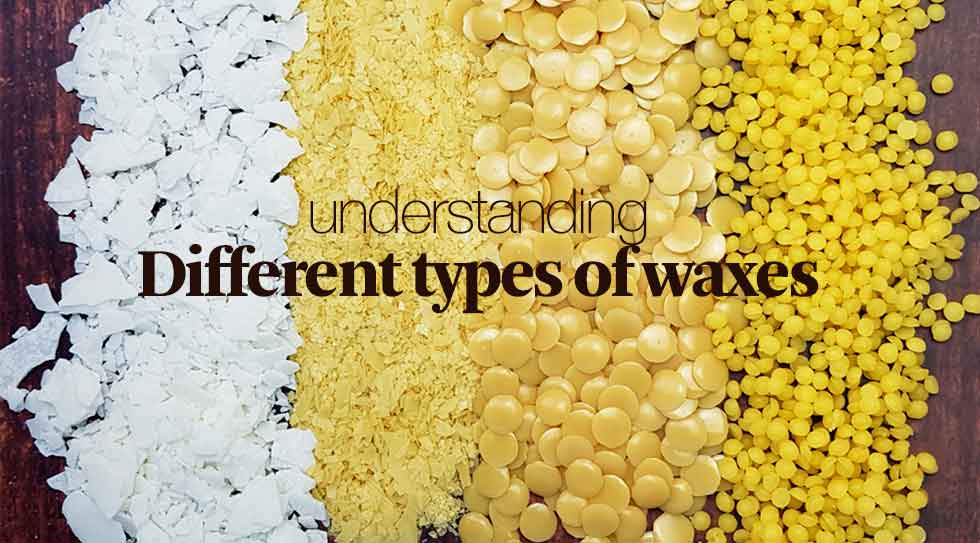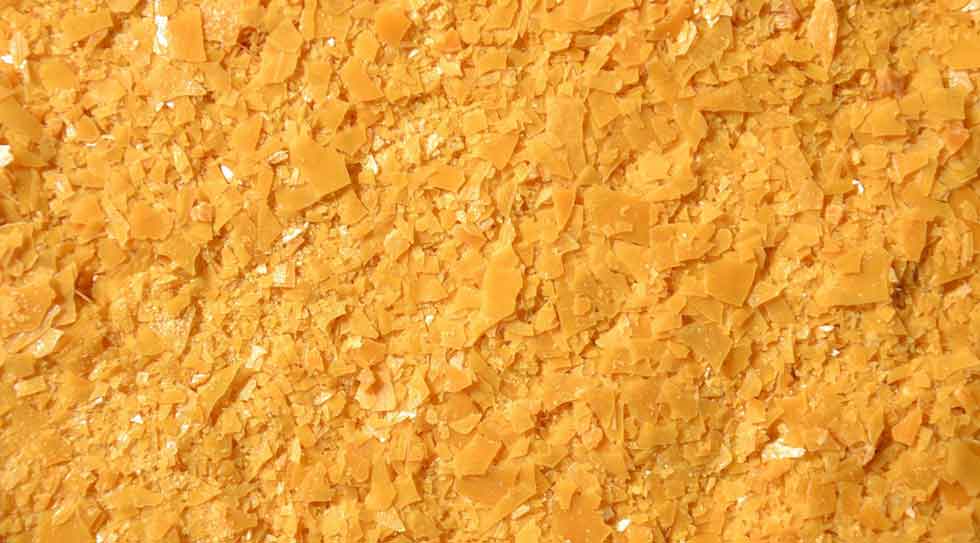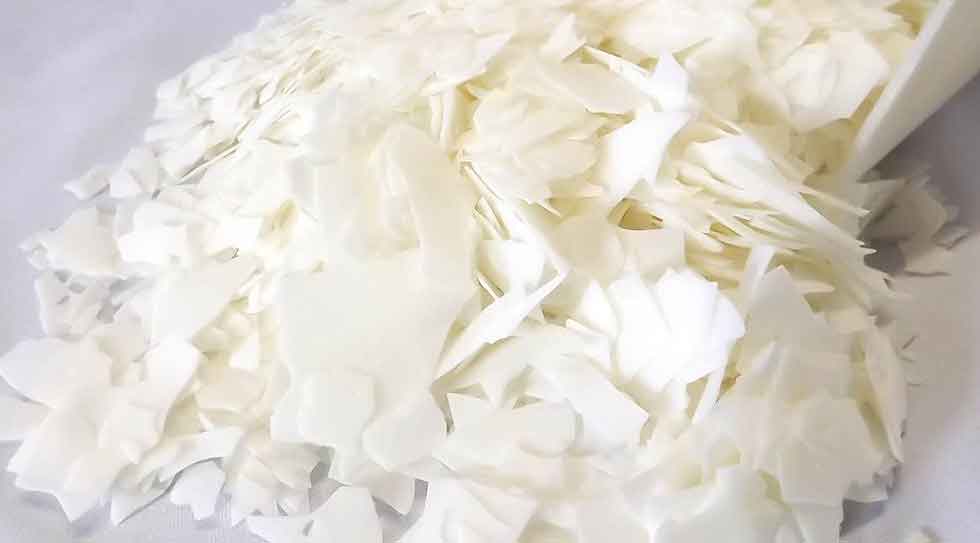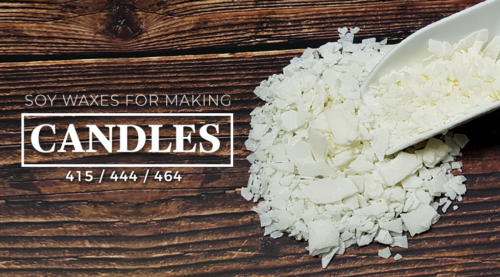If you are making your very own DIY skin care products, you are likely to need some waxes in your formulations. Waxes are known to have binding and moisturizing benefits that enhances your skin’s sensation. While there are many types of waxes ranging from organic, natural to vegan etc, knowing what works for your formula is very important.
In this post, we will be introducing 4 types of waxes including their differences and benefits.
Beeswax:
One of the most natural and oldest wax that has been used since thousands of years ago is the beeswax. Yellow beeswax is usually refined, filtered off their debris, and has a faint odor to it. The white beeswax on the other hand, is almost odorless and bleached either naturally via sun or through chemical process. Beeswax has good binding properties and good viscosity. Although beeswax is very popular among hobbyists and crafters, it is not an emulsifier and they do not create any emulsion.
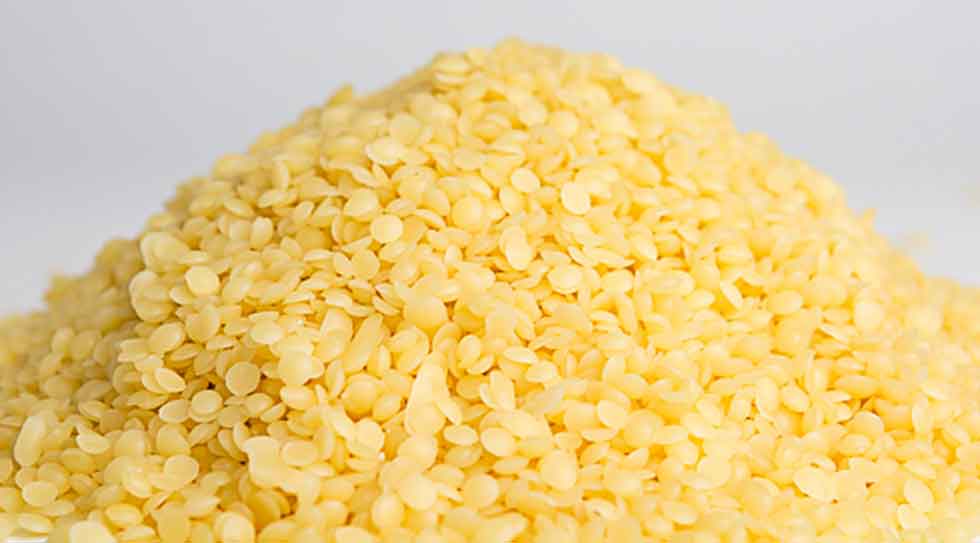 If you are creating professional looking skin balms, lip balms, or lotions with your own fragrances and colors, go for the white beeswax since it is almost odorless and colorless. If you are an au natural individual, yellow beeswax is good enough for almost any type of skin formulations you are planning to make.
If you are creating professional looking skin balms, lip balms, or lotions with your own fragrances and colors, go for the white beeswax since it is almost odorless and colorless. If you are an au natural individual, yellow beeswax is good enough for almost any type of skin formulations you are planning to make.
Due to the increased in demand for vegan cosmetics, crafters have been switching from beeswax to vegan wax alternatives. There are quite a variety of vegan waxes available, and the ones that we will introduce are the Carnauba and Candelila wax.
Carnauba Wax:
Also known as Brazil or Palm Wax, the Carnauba Wax is derived from the leaves of the Mexican Palm tree. The appearance of the wax may come in dark yellow or light beige color, and is usually available in the form of flakes, powders, or pellets. It is a naturally hard wax with a high melting point.
Carnauba is more expensive than beeswax and Candelilla Wax. It is typically used in automotive, as well as beauty and hair styling products. If you are making more professional hair styling products such as hair wax, the Carnauba Wax is recommended as it is able to reduce stickiness and impart hardness in formulations.
Candelilla Wax:
One of the most popular substitute for beeswax is the Candelilla Wax. The Candelilla Wax is derived from the Mexican shrub also known as Euphorbia Antisyphilitica. It is usually in rich deep yellow color and has a mild pleasant odor. Candelilla Wax is used to adjust viscosity for water-in-oil emulsion as it is less sticky than beeswax and has a high oil binding capacity.
Due to its gloss and hardness, Candelilla Wax is great for products such as lipsticks, hair waxes, as well as deodorant balms.
Soywax:
Soywax is a processed form of soybean oil, it is usually sold as plant-based waxes though in fact it is a type of hydrogenated oil and not a wax at all. Soywax is usually organic, contains no additive and preservative. About 98% of soybeans are genetically modified or a mixture with GMO soybeans.
Due to it’s flake form, soywax is easy to work with and can be used in not only candles but also cosmetic formulations such as body balms and lip balms.
Through the understanding of waxes, you will know what works best for your formulations when creating your own products.


